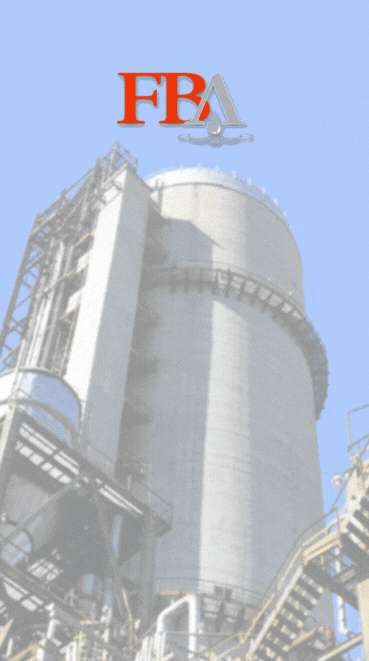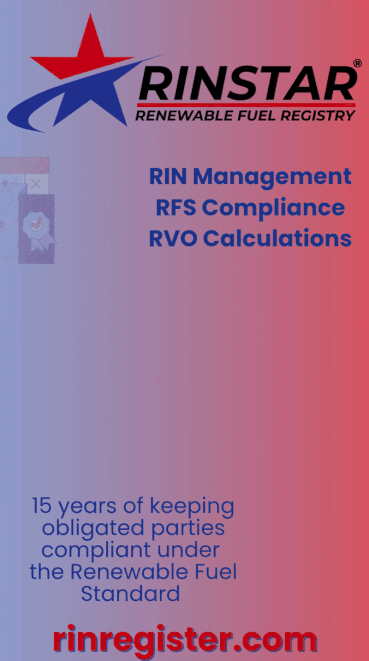EIA: Oil prices, refinery margins fall slightly in 1st quarter
- U.S. Energy Information Administration
- May 5
- 3 min read

During the first quarter of 2025 (1Q25), crude-oil prices generally decreased while U.S. refinery margins initially increased before decreasing in the final month of the quarter.
In its quarterly update, the U.S. Energy Information Administration reviewed petroleum-markets price developments in 1Q25, covering crude-oil prices, refinery margins, biofuel-compliance credit prices and natural-gas plant liquids prices.
Crude-oil prices
After reaching a quarterly high of $82 per barrel Jan. 15, crude-oil prices generally declined through the end of 1Q25, settling at $75 per barrel March 31.
Although EIA’s preliminary world petroleum supply and demand estimates suggest global consumption outpaced production—which typically puts upward pressure on prices—oil prices largely fell following concerns surrounding future economic growth.
According to the U.S. Bureau of Economic Analysis, U.S. gross domestic product (GDP) declined 0.3 percent in 1Q25.
This marks the first economic contraction since 1Q22.
Economic-growth concerns weigh on oil prices because a decline in economic activity reduces demand for oil.
Refinery margins
U.S. refinery utilization started 2025 at 93 percent but fell below 90 percent beginning in mid-January, ending the quarter at 86 percent.
Midwest utilization was particularly high, remaining above 90 percent through all but the last week of the quarter.
West Coast utilization fell from 80 percent to 90 percent in January and February to below 75 percent in late March, partly due to an outage at PBF Energy’s Torrance refinery as well as a major outage at the company’s Martinez refinery, both in California.
East Coast utilization started the year at 83 percent but decreased below 60 percent in late February and through March, ending the quarter at 59 percent.
This reflects normal spring maintenance and a major turnaround at Phillips 66’s Bayway refinery in Linden, New Jersey.
After undergoing seasonal maintenance, Gulf Coast utilization began increasing in March going into the second quarter as refiners prepare for the summer-demand season.

In February, refinery crack spreads—a proxy for refining margins—for gasoline were about 35 cents per gallon (cpg) at New York Harbor, about 8 cents above the 2020-’24 average.
Los Angeles crack spreads were about 70 cpg in February, about 9 cents higher than average.
In March, crack spreads fell to 23 cpg at New York Harbor and 61 cpg at Los Angeles, both below their five-year averages for the month.
Crack spreads for distillate fuel oil, which had been below average through most of 2024, increased this winter.
This increase is partially supported by heating-oil consumption in response to cold weather.
Biofuel-compliance credit prices
The prices for biomass-based diesel (D4) and ethanol (D6) renewable identification number (RIN) credits—the compliance mechanism used for the Renewable Fuel Standard program administered by the U.S. EPA—have been higher in 1Q25 than in 2024 because of higher feedstock prices and less production of biodiesel and renewable diesel, the two fuels that generate most D4 RINs.
RIN prices peaked in late February and again in late March, when they were higher than at any time since 2023.
In 1Q25, D4 RINs traded at a slight premium to D6 RINs because of low biomass-based diesel production.
EIA estimated that the combined domestic production of biodiesel and renewable diesel for January 2025 decreased by about 30 percent from the previous month to about 230,000 barrels per day, the least since December 2022.

Natural-gas plant liquids
The natural-gas plant liquids (NGPL) composite price at Mont Belvieu, Texas, rose 10 percent in 1Q25 compared with the previous quarter to an average of $8.10 per million British thermal units, driven by gains in ethane and propane prices.

Most NGPL prices follow crude-oil prices, except for ethane, which is linked to natural-gas prices.
Ethane prices climbed 4 percent from Jan. 1 to March 31, following a sharp rise in the Henry Hub natural-gas price (21 percent).
Propane prices increased 7 percent because of strong heating demand this winter, especially in January.
Normal butane and isobutane prices decreased about 20 percent over the quarter, dropping at a faster rate than West Texas Intermediate crude-oil prices.
Natural gasoline prices fell 1 percent throughout 1Q25 and have been at a premium to crude-oil prices on a heat-value basis.


































